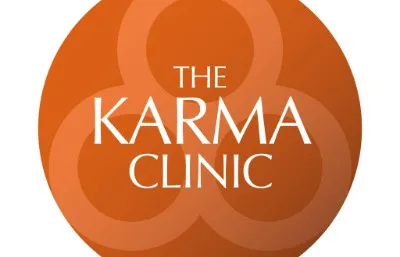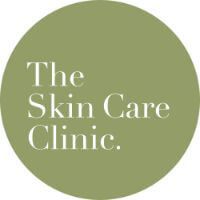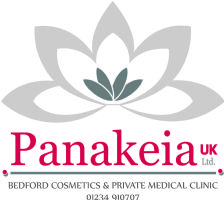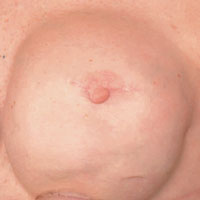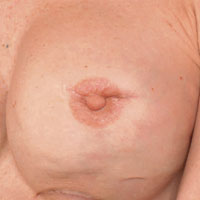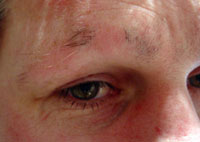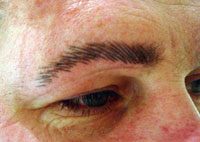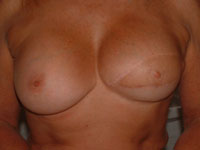The specialist techniques used to create a kind of semi-permanent make-up are often referred to as micropigmentation, dermagraphics, permanent cosmetics or permanent make-up and are a type of tattooing.
The process involves hypoallergenic pigments being inserted into the dermal layer of the skin. This pigment will, after a healing process, stay in the skin for a number of years - breaking down and fading with time, dependent on age and skin type.
This treatment can be used to correct scarred or discoloured skin or merely as a cosmetic enhancement for your skin as it provides a convenient alternative to cosmetic pencils applied to the eyebrows, eyelids, lips and cheeks, known as semi-permanent make-up.
This concept is not really new. We know that Queen Cleopatra in ancient Egypt and some women in India and Africa have sought permanent eye enhancement with various substances over the years. They used plant and nut pigments or ground coals (carbon) as eyeliners or eye-shadows and inserted the substances around their eyes with fine, sharp implements.
However, semi-permanent make-up as we know it today is a relatively recent phenomenon, becoming more prevalent in the last fifteen years.
Reconstructive or medical micropigmentation attempts to correct birth defects such as cleft palate, vitiligo or alopecia and repairs disfigurement from accident or illness. It may also provide corrections to some surgery where there is subsequent scarring and in many cases simulate the areola (brown area around the nipple) after mastectomy.
If you are considering medical micropigmentation, the following information will give you a basic understanding of the procedure. It can't answer all your questions, since a lot depends on the individual patient and the practitioner. Please ask a practitioner about anything you don't understand.

